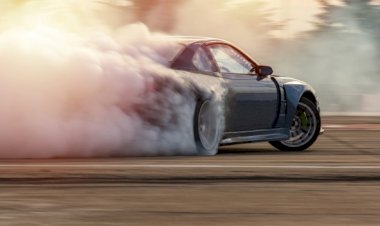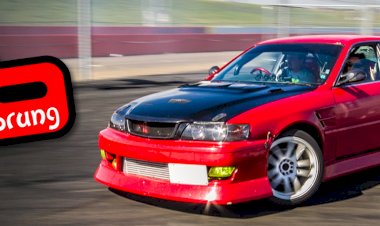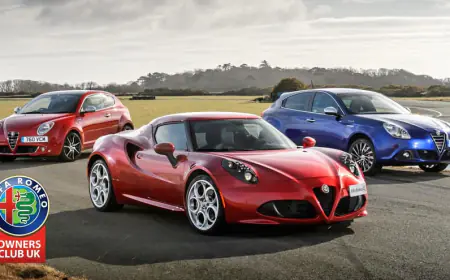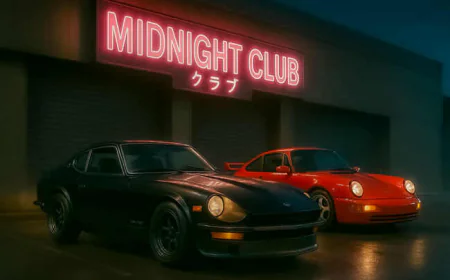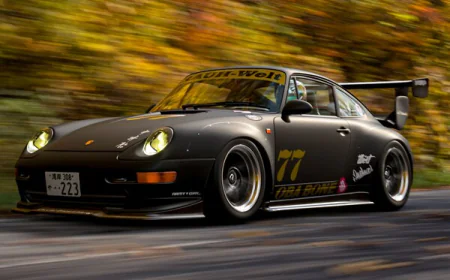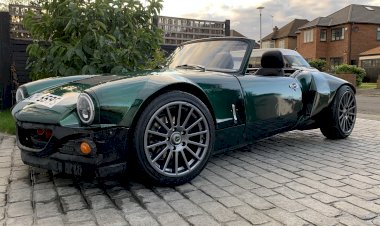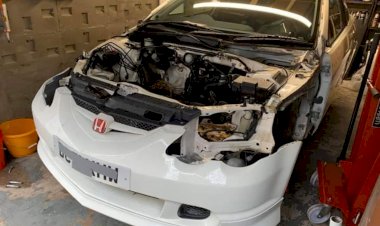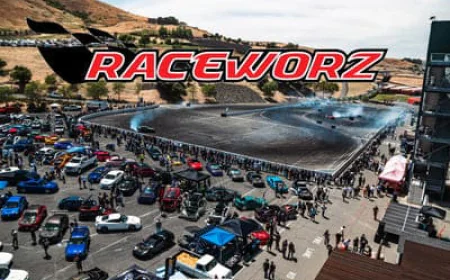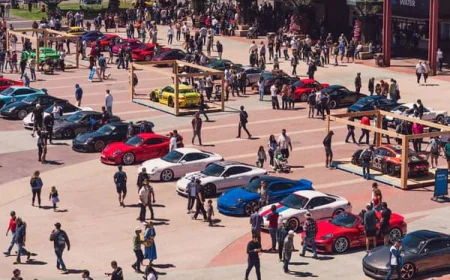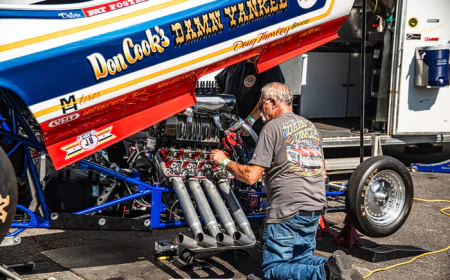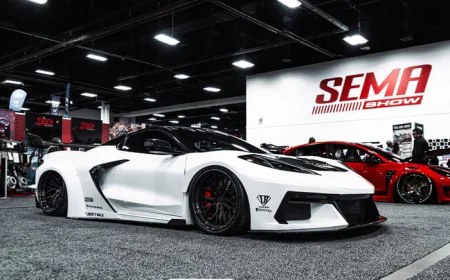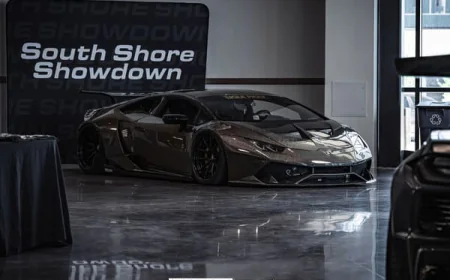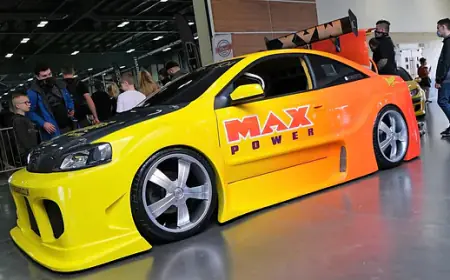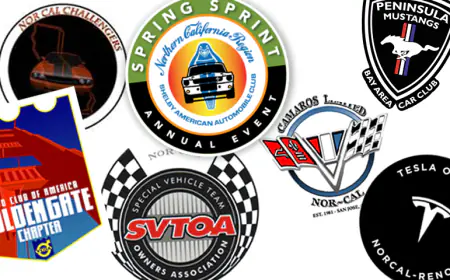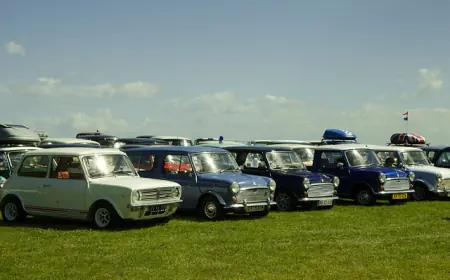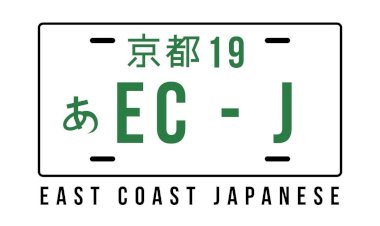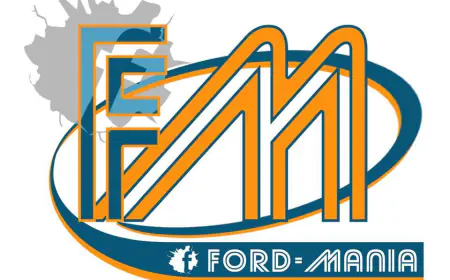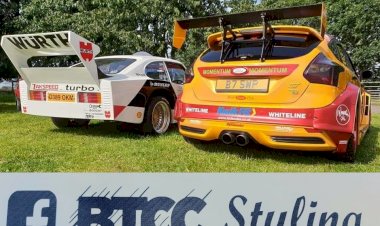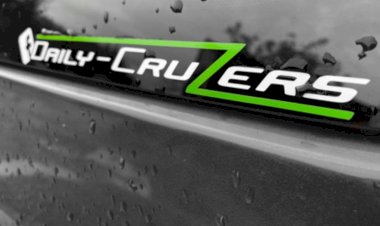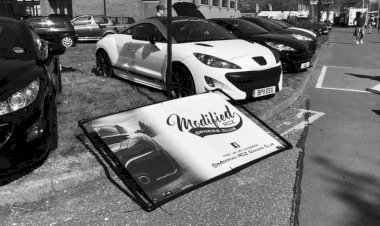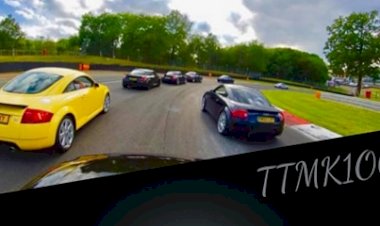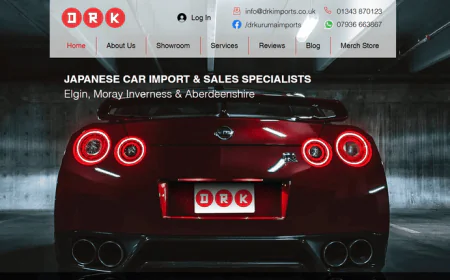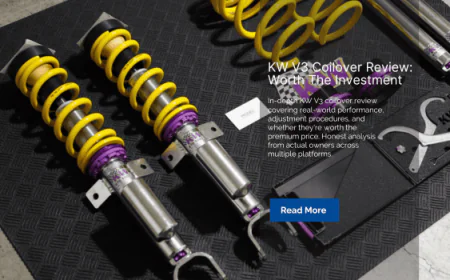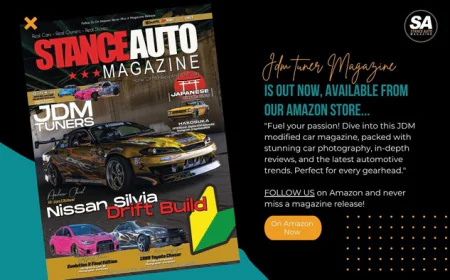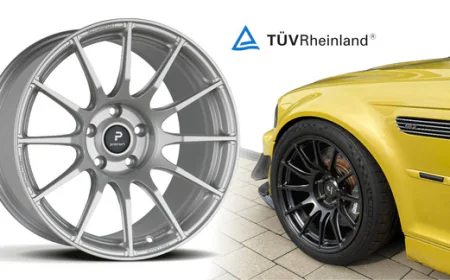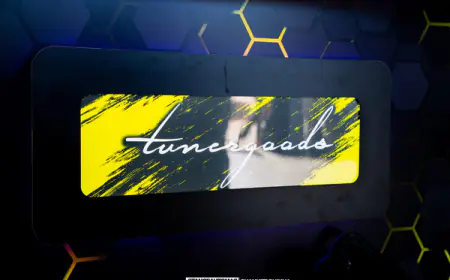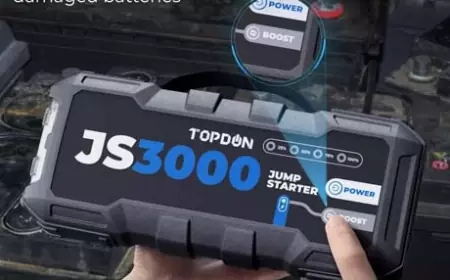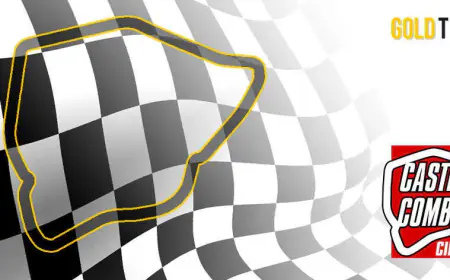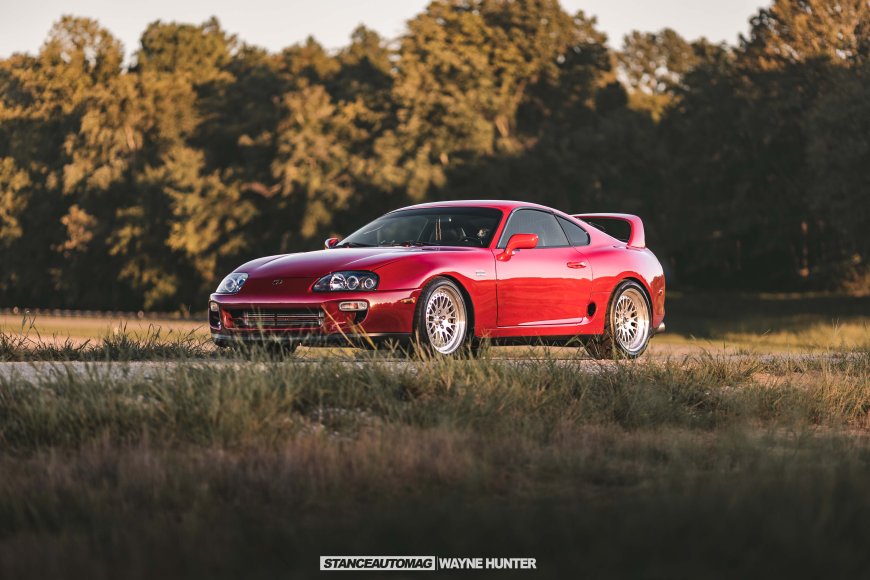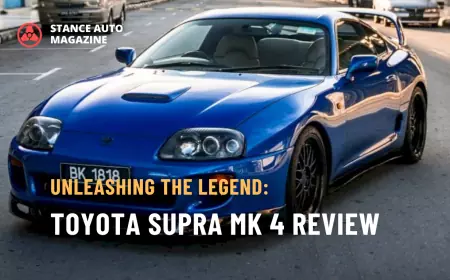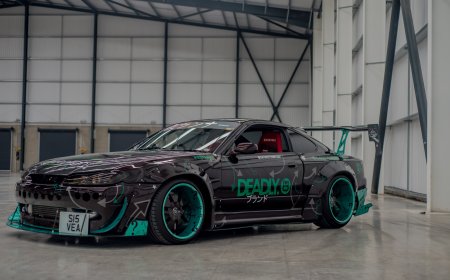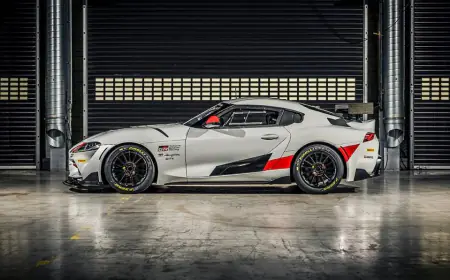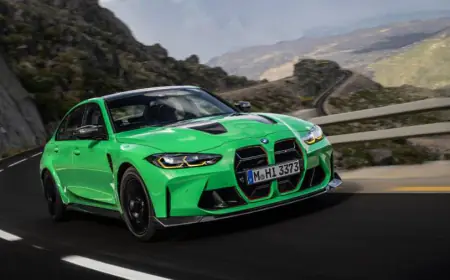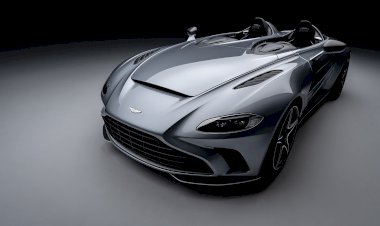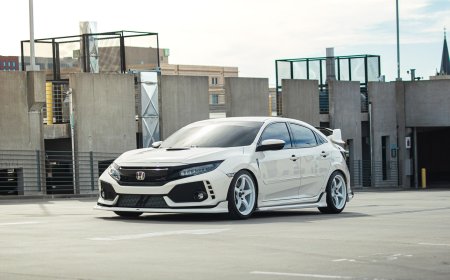Toyota Supra Mk4 Reviewed: A Legend That Refuses to Fade
The Toyota Supra Mk4 remains a JDM legend, famed for its 2JZ-GTE engine, timeless design, and tuning potential. Discover why it’s one of the most sought-after sports cars ever.
Images by Wayne Hunter
Photographer/Author
Instagram: @hunterseyephotography
Facebook: @hunterseyephotography
A Legend That Refuses to Fade
Few cars have achieved the mythical status of the Toyota Supra Mk4. Built between 1993 and 2002, it’s more than just the fourth generation of Toyota’s long-running sports car — it’s a cultural icon that blurred the line between Japanese engineering brilliance and global pop culture fame. Even today, more than 20 years since production ended, the Mk4 Supra continues to be one of the most sought-after performance machines on the planet.
If you’re considering owning one, our Toyota Supra Mk4 Buying & Tuning Guide breaks down everything you need to know before taking the plunge.
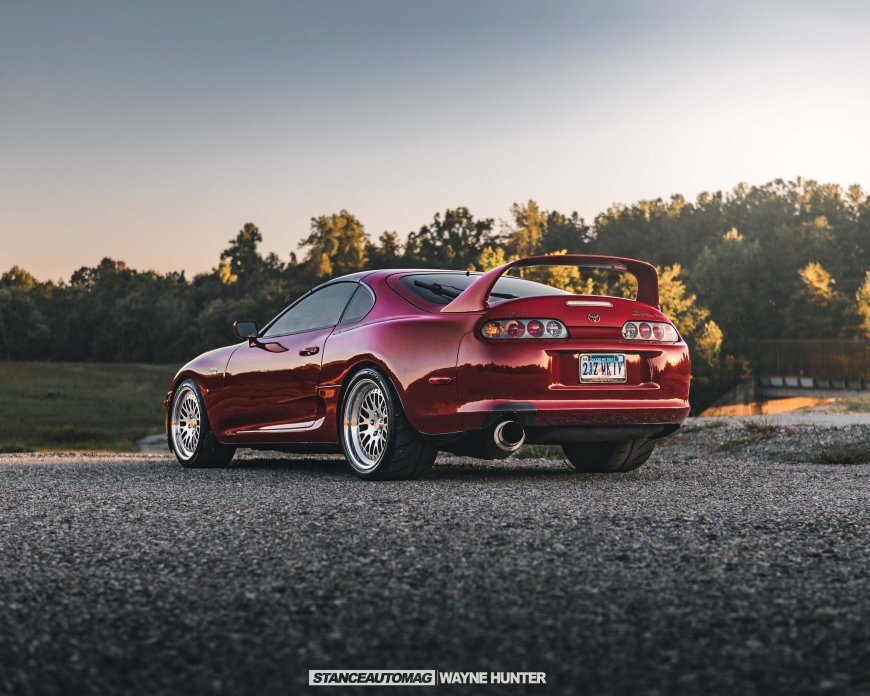
Power at the Core: The 2JZ-GTE
At the heart of the Supra legend lies the 2JZ-GTE inline-six, a twin-turbocharged masterpiece that left the factory with 320 horsepower and 317 lb-ft of torque. What made it truly special wasn’t just the numbers — it was the way the power came on smooth, strong, and seemingly endless. Tuners quickly discovered that the 2JZ block was nearly indestructible. With the right upgrades, Supras began hitting 600, 800, even 1,000+ horsepower, making them kings of dyno charts and drag strips alike.
One look at our 800-hp 1997 Toyota Supra build shows just how far owners have pushed the limits of this engine. The Supra isn’t just a car you buy — it’s a platform you build upon.
The Drive: Raw but Refined
Buyers had a choice between the 6-speed manual Getrag V160 or a 4-speed automatic. Purists, of course, chased the manual, which offered one of the most engaging driving experiences of the 1990s. Despite its power, the Mk4 wasn’t a brute. Thanks to a sophisticated suspension and rear-wheel-drive layout, it could dance through corners with surprising agility while still being comfortable enough for daily driving.
Unlike many of its rivals, Toyota engineered the Supra with a balance of precision and durability — one reason so many still survive in pristine condition today.
Design That Turned Heads
Visually, the Mk4 Supra was unmistakable. Its long nose, wide hips, and iconic rear wing gave it presence without needing flashy gimmicks. Toyota even used weight-saving tricks like an aluminium hood and a carbon-fiber reinforced roof, which were ahead of their time. On the street, the Supra carried an understated menace. Parked up at a meet or roaring down a motorway, it looked every bit as fast as it was.
If you want to explore the Supra’s evolution over the decades, from the early A40s to today’s A90, check out our Supra Generations guide.
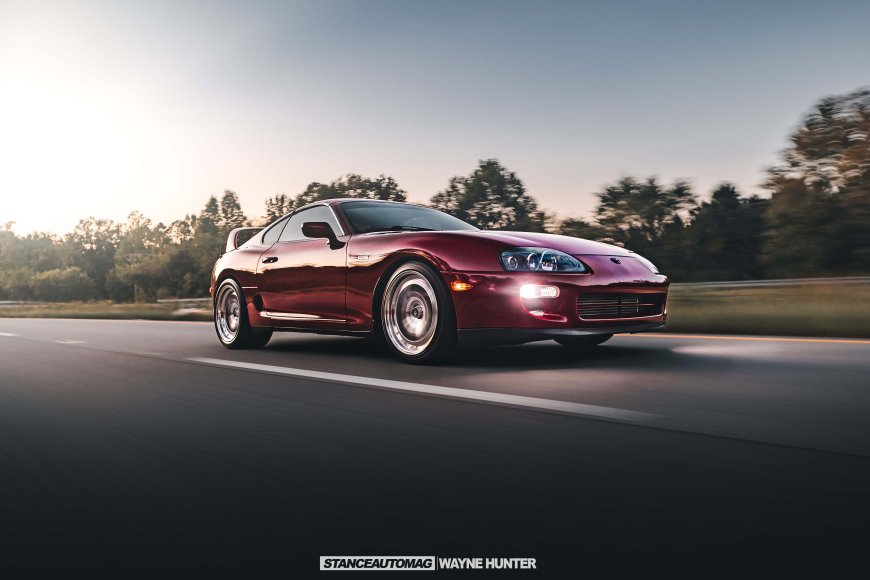
Pop Culture Rocket Fuel
What really pushed the Supra into the stratosphere was its role in The Fast and the Furious (2001). Brian O’Conner’s orange, winged Mk4 didn’t just win a quarter-mile race on screen — it won over an entire generation of car enthusiasts. The movie, paired with appearances in games like Gran Turismo and Need for Speed, transformed the Supra from Japan’s hidden gem into a global superstar.
That recognition wasn’t just in Hollywood. JDM fans have long considered the Mk4 a dream project. Our feature on modifying the Toyota Supra Mk4 shows how owners around the world continue to reinvent this legend.
Collectability and Rising Values
Production ended in 2002, but the Supra’s story didn’t. In fact, that’s when the legend really took off. Initially, they were just another used Japanese sports car, but as time passed and demand surged, values skyrocketed. Today, pristine Mk4 Supras — especially manual twin-turbo models — regularly sell for six figures. Even non-turbo and automatic versions are climbing fast.
Rare versions and special builds are considered “holy grails.” Toyota’s rumored Supra GRMN could carry that torch in the modern era, but for now the Mk4 remains the benchmark — as we explored in The Holy Grail of Supras.
Community Love
The Mk4 Supra isn’t just about numbers or resale value — it’s about the people who keep its spirit alive. Owners like those in our Stance Auto community showcase Supras from around the world, each one unique, each one carrying its own story. From stock survivors to 1,000-horsepower monsters, every Supra represents passion, patience, and persistence.
Take, for example, the stunning 1994 Supra Mk4 Targa, a true JDM icon that highlights just how diverse the Supra ownership experience can be.
We’re proud to feature cars like this one shot by Wayne Hunter (@hunterseyephotography), part of the growing archive of enthusiast machines we share both online and in our printed magazines (also available in digital flipbook form on Amazon).
Conclusion
The Toyota Supra Mk4 isn’t just remembered as one of the best Japanese sports cars of all time — it’s celebrated as one of the greatest sports cars, period. Whether you love it for its indestructible 2JZ-GTE, its timeless design, or the way it lit up cinema screens, there’s no denying its place in automotive history.
Two decades on, the Supra is no longer just a car. It’s a legend that refuses to fade.
We have some great examples right here on our site from all over the world, straight from our growing car community. You can also find them in our printed car magazines found on Amazon, and our new Digital Flip Book versions
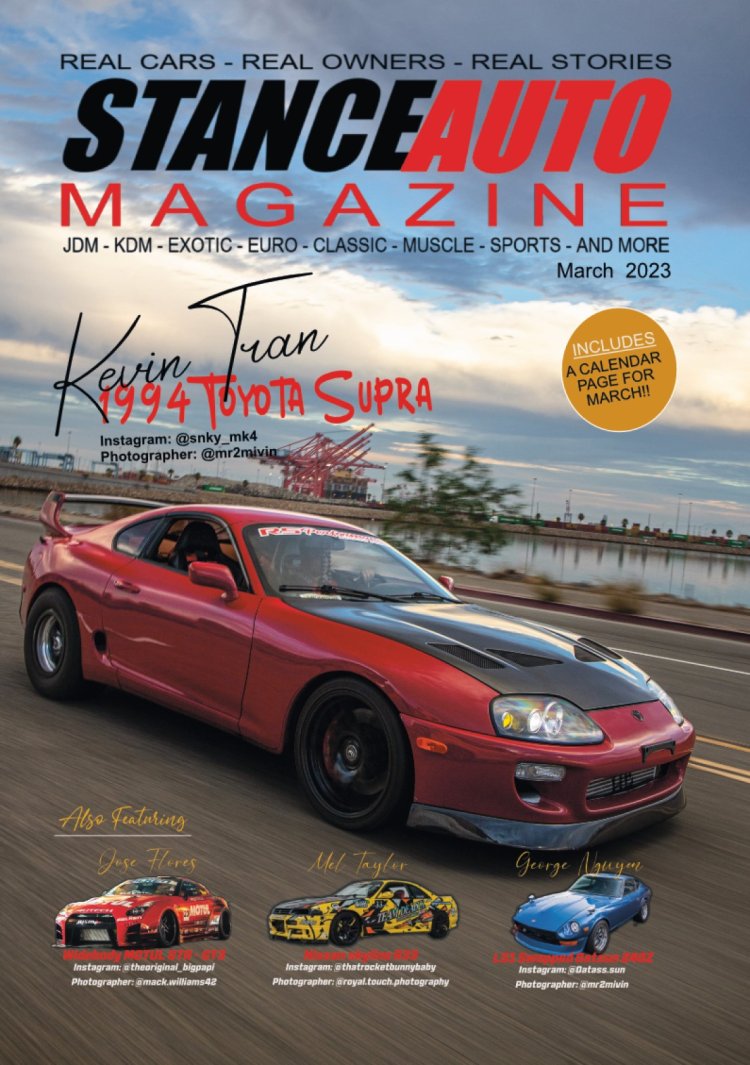
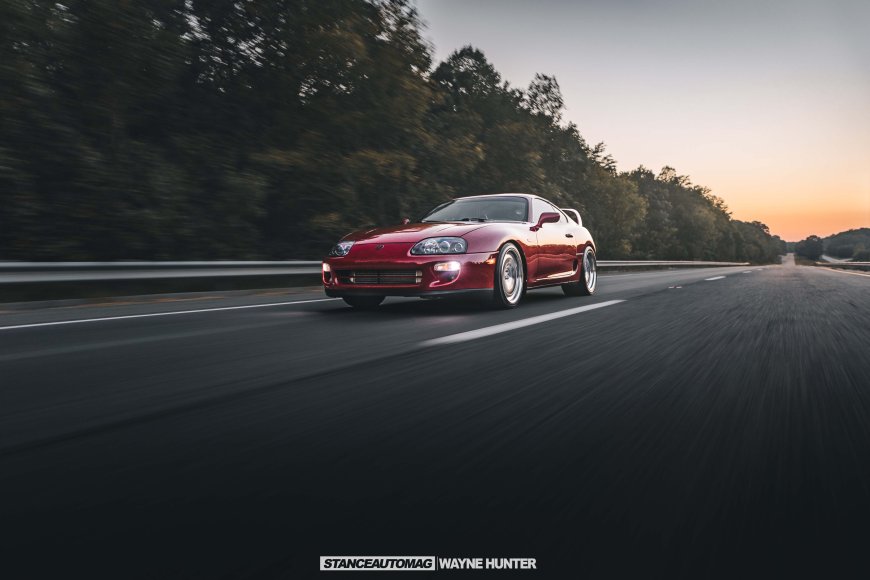
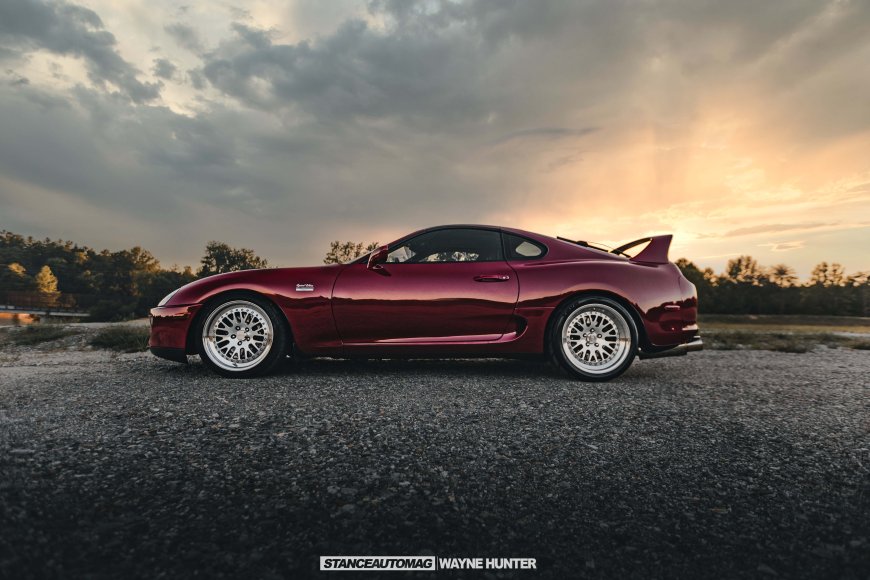
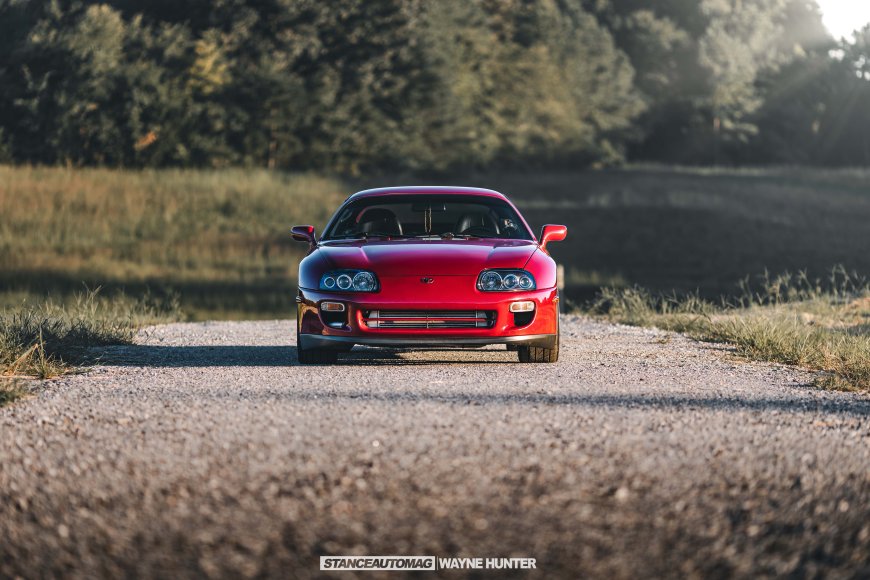
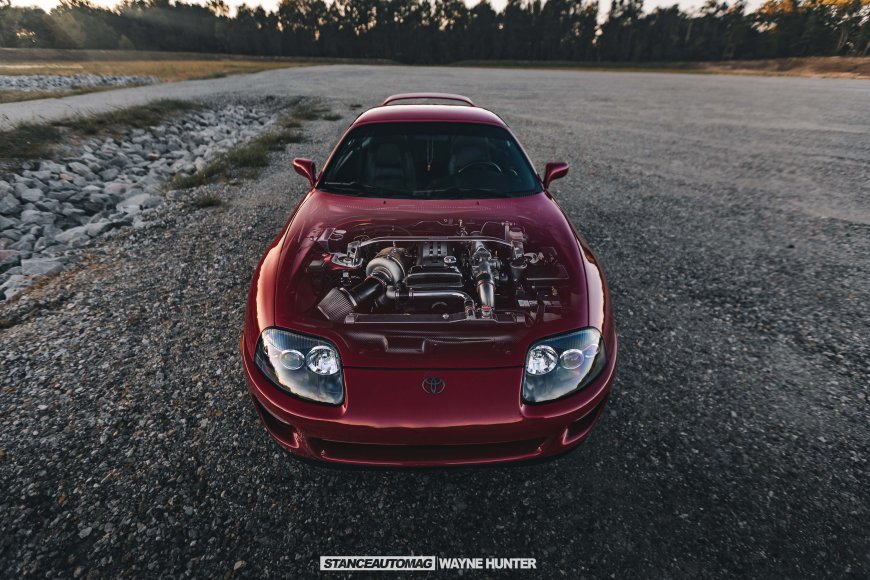
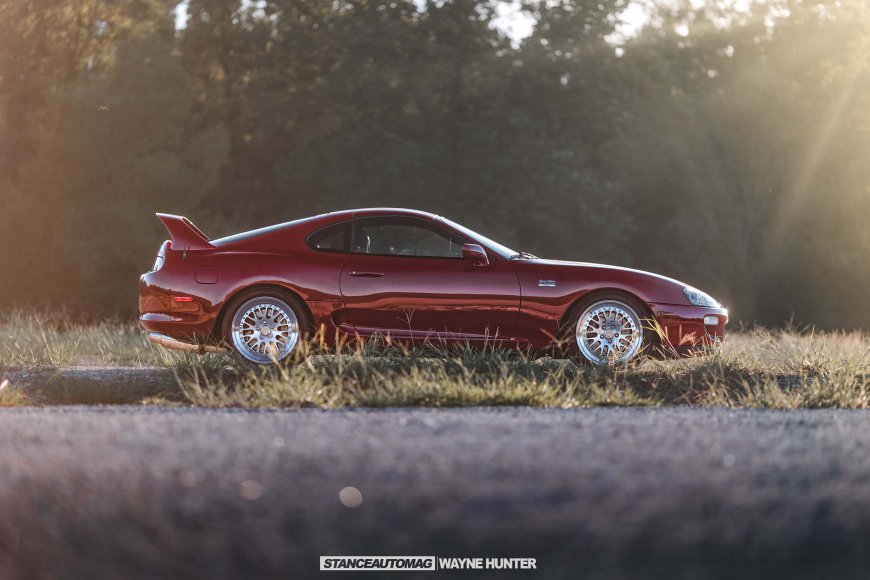

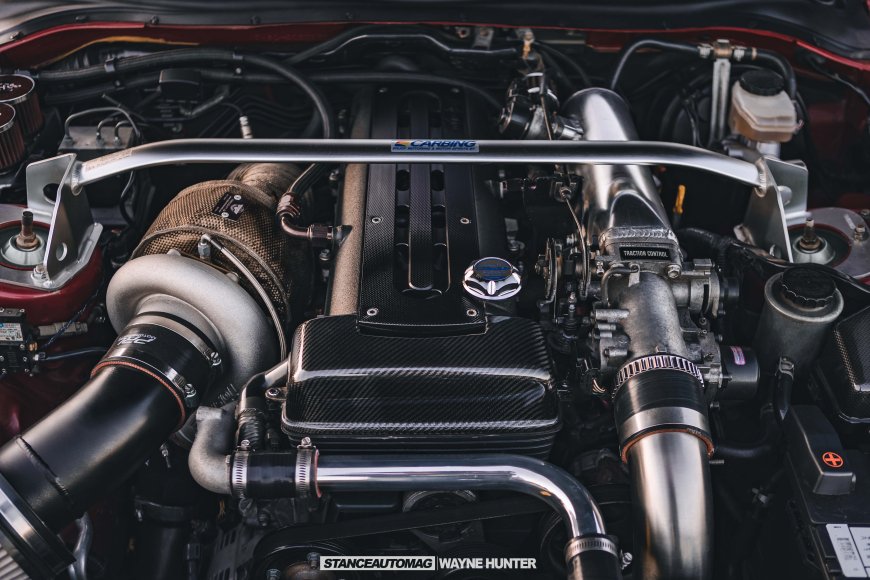
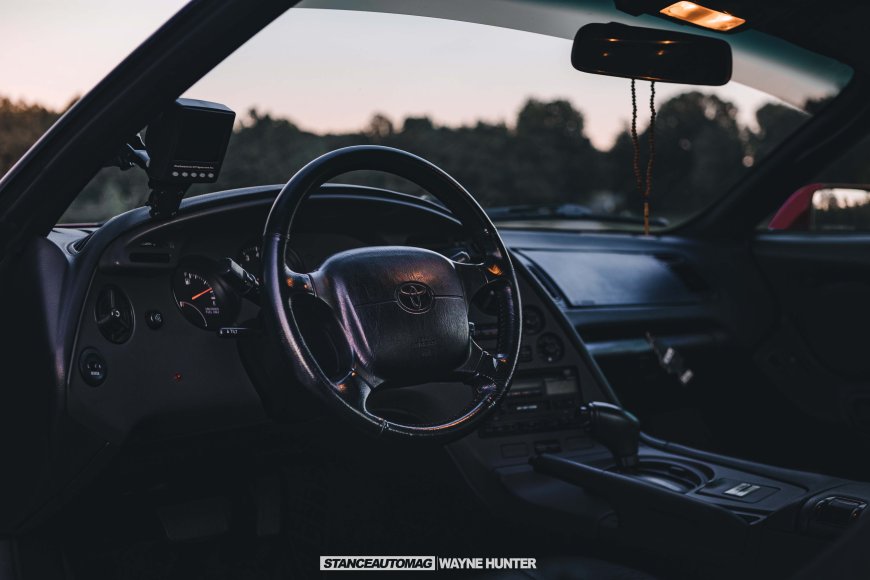
All Photographs are supplied and owned by the Photographer named, our Photographers can be found HERE!
Please leave your comments on my story in the comments section at the bottom of the page, it helps the story get more views and reach the Printed Magazine, Thank you.
'The future is bright as long as we can still Smell the Fumes'
All of our Magazines can be found on Amazon, they Print and Deliver worldwide, Stance Auto can not be held responsible for the final print, and all complaints and returns must be directed to Amazon.
UKTM no: UK00003572459
 Like
2
Like
2
 Dislike
0
Dislike
0
 Love
10
Love
10
 Funny
0
Funny
0
 Angry
0
Angry
0
 Sad
0
Sad
0
 Wow
3
Wow
3
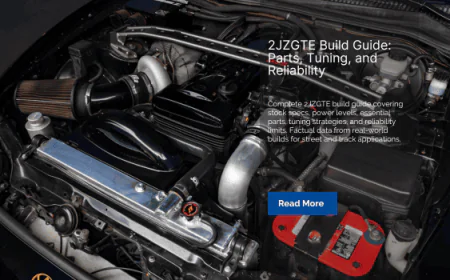

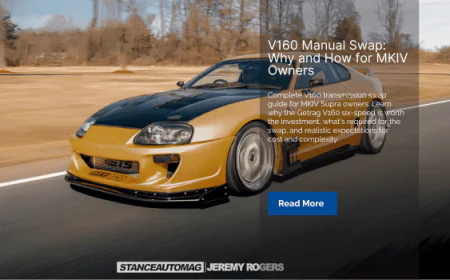
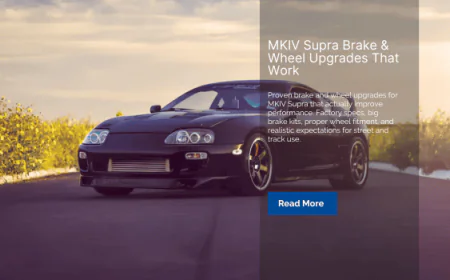





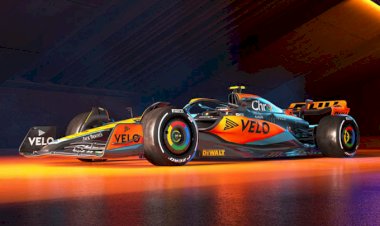


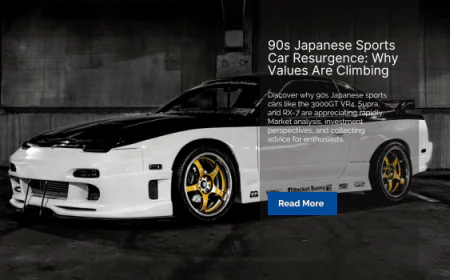


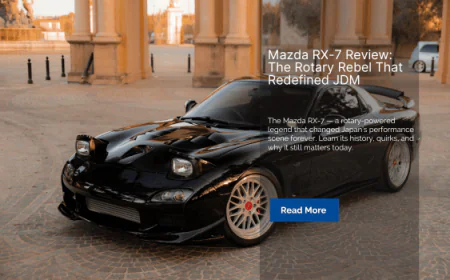
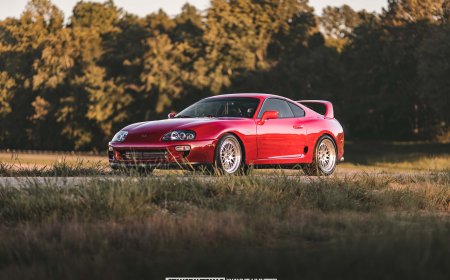


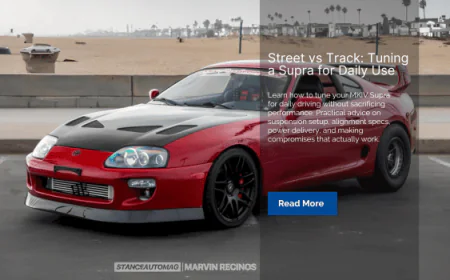

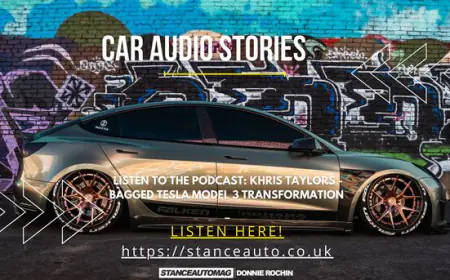






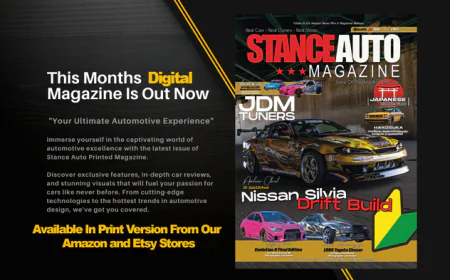


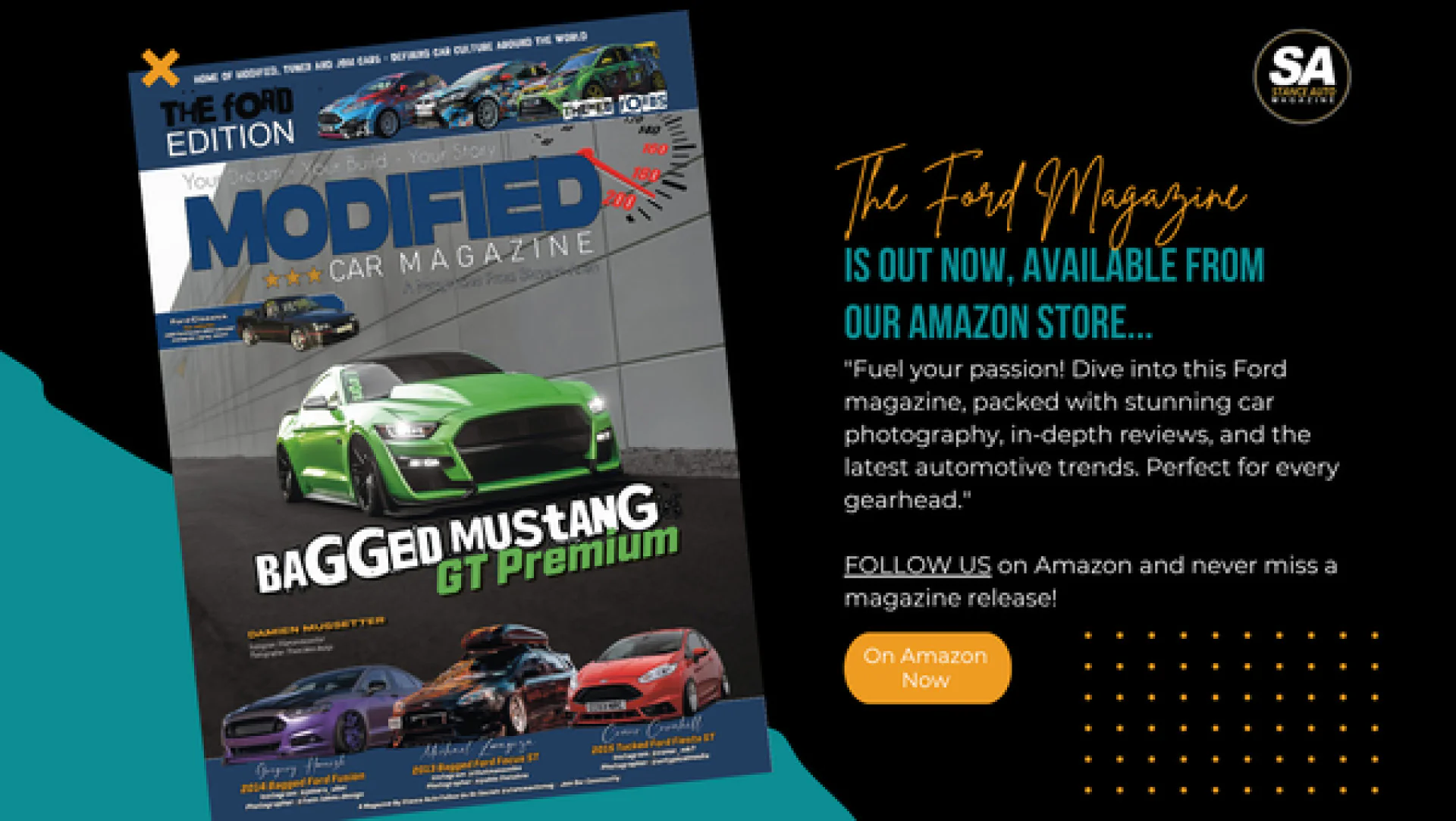


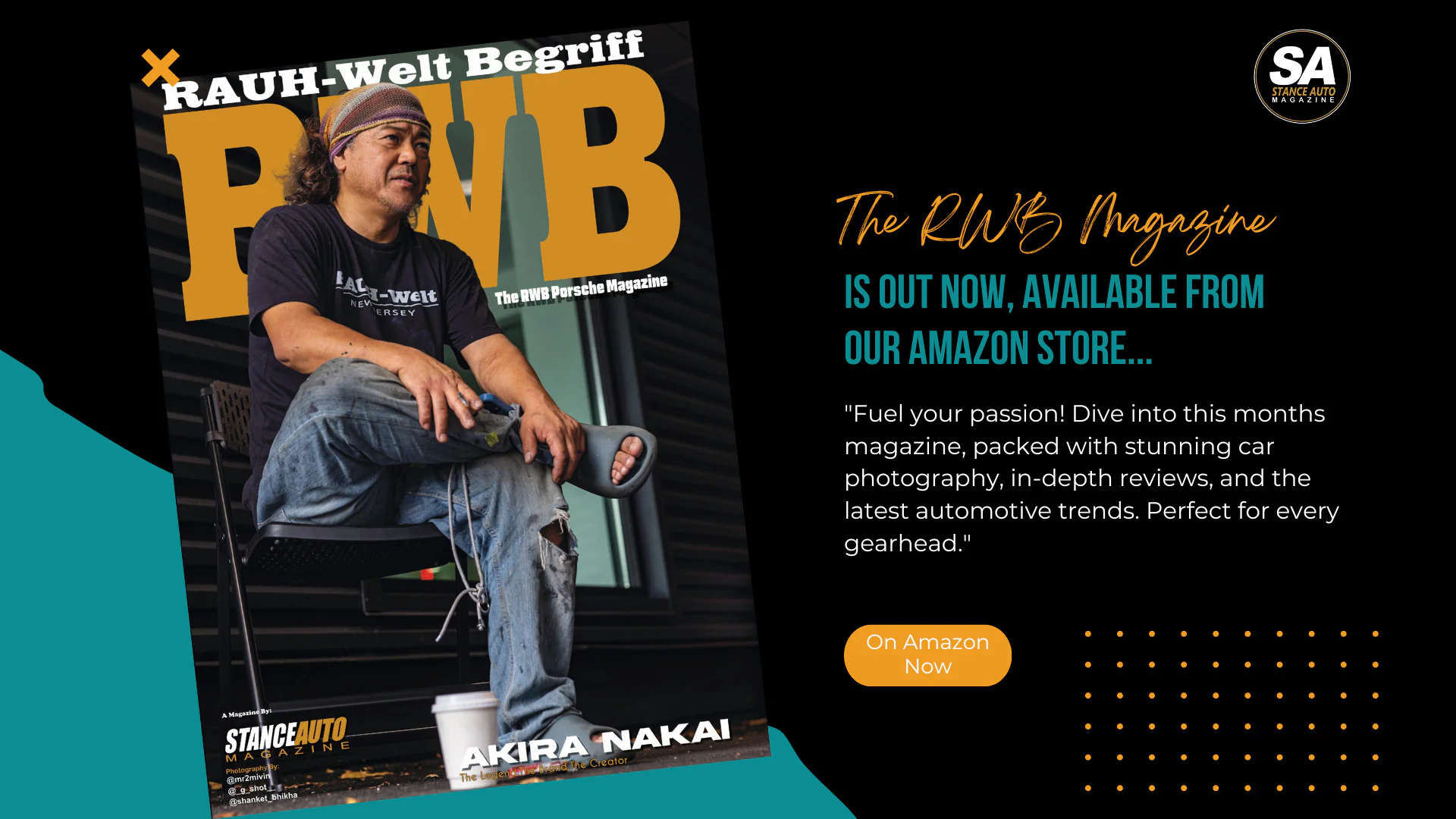
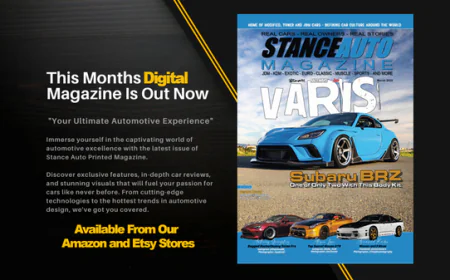

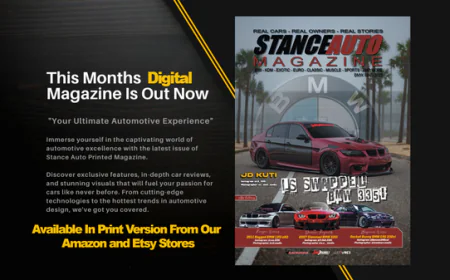

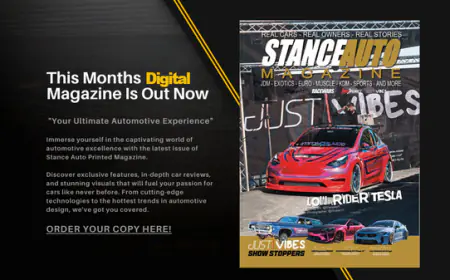

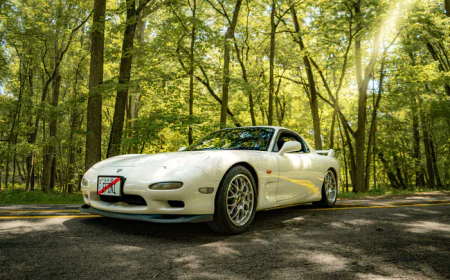
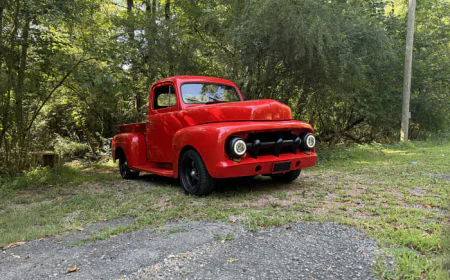
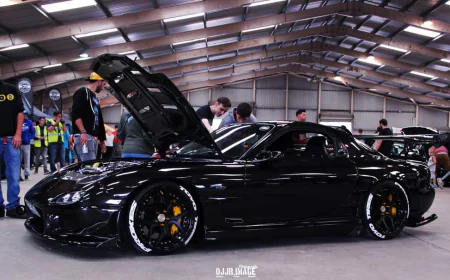
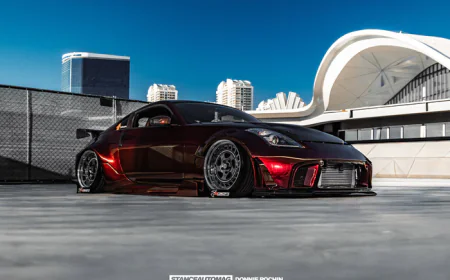
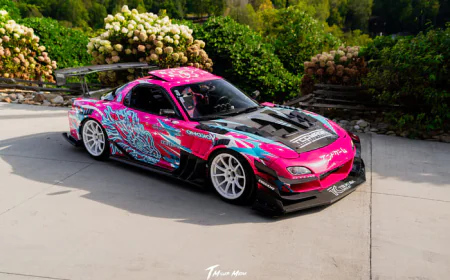
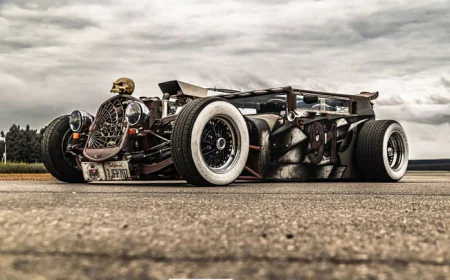
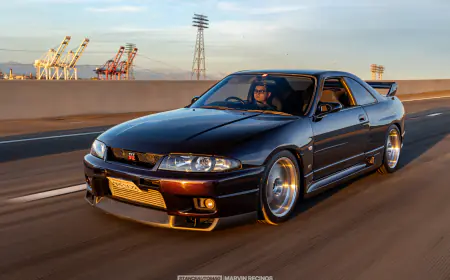

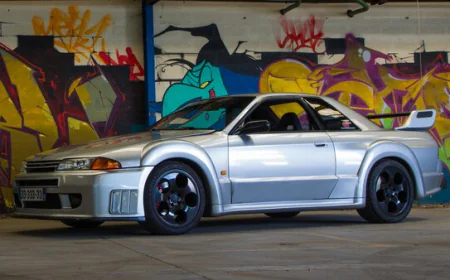
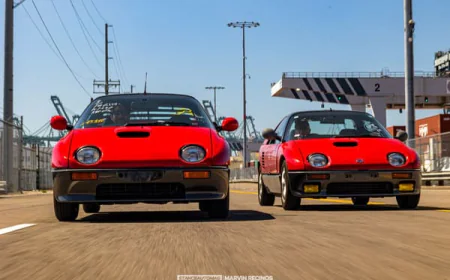
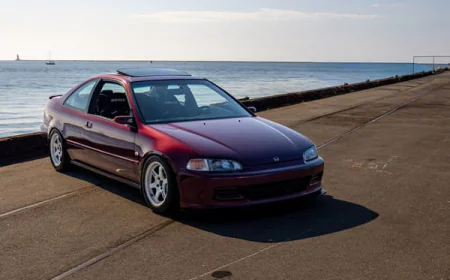
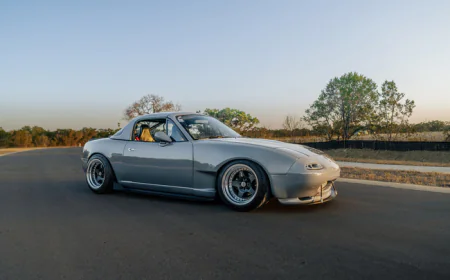

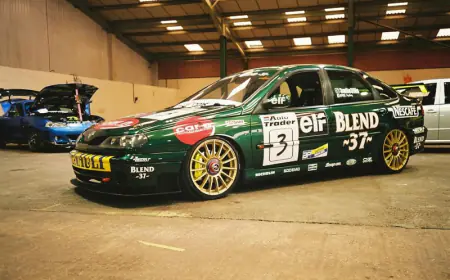

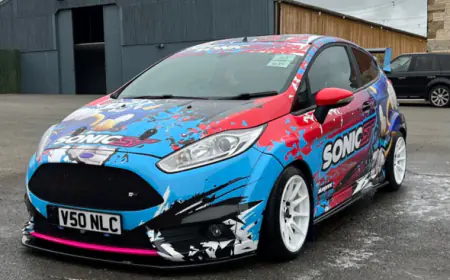

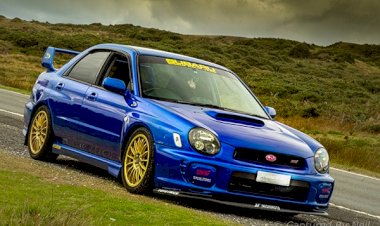

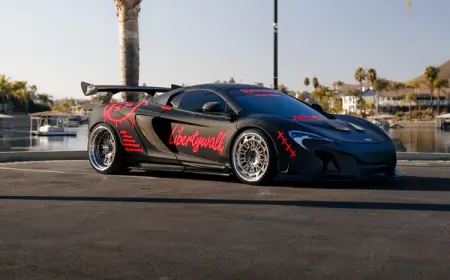
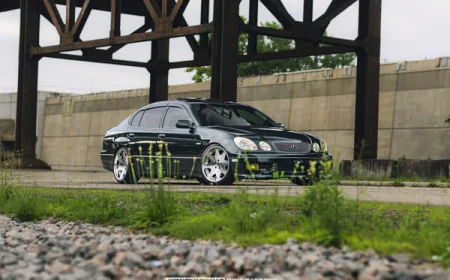

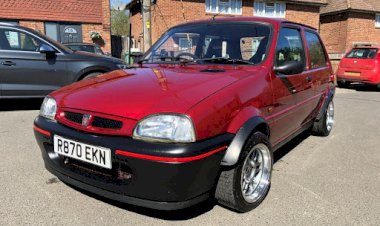
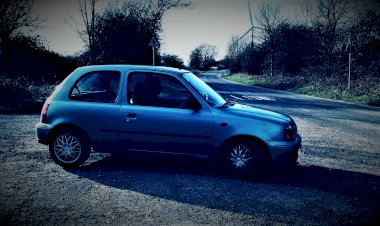

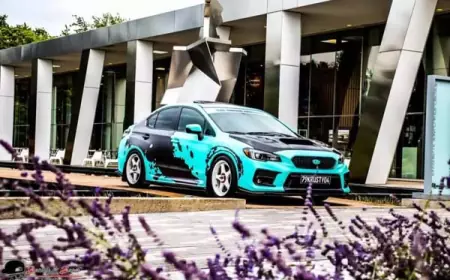


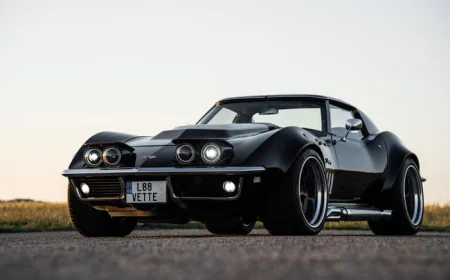
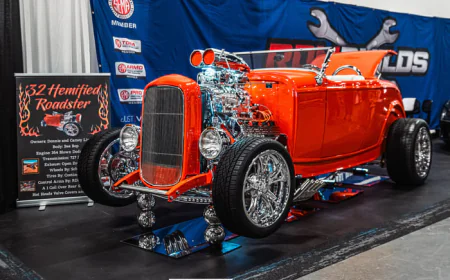
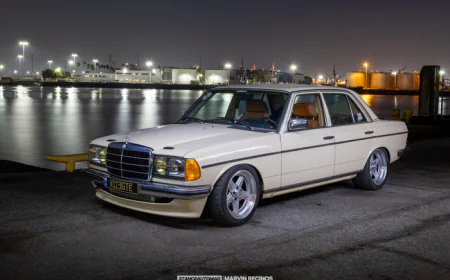

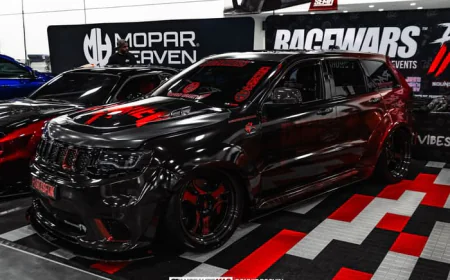
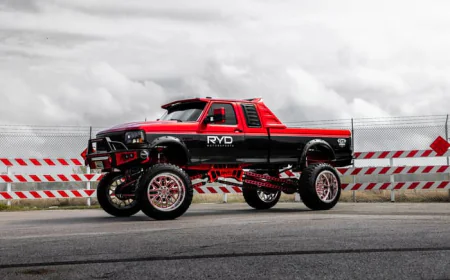
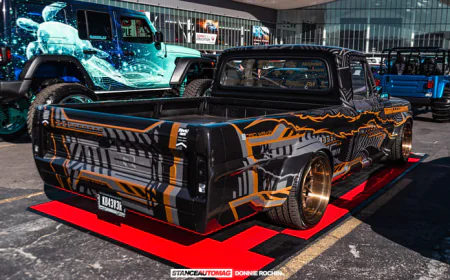
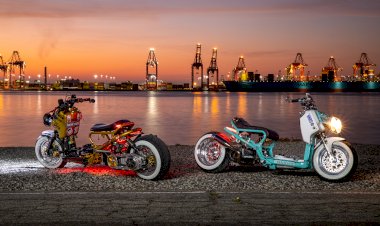

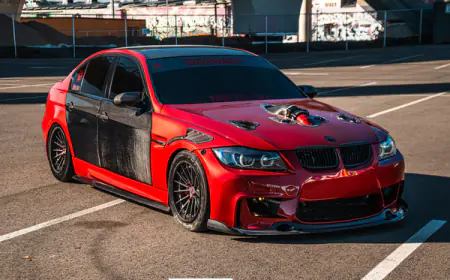
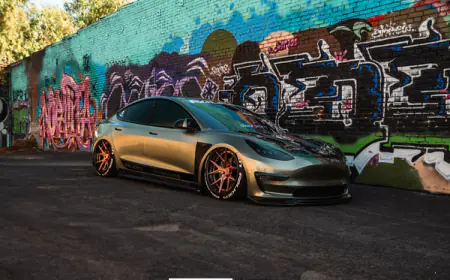
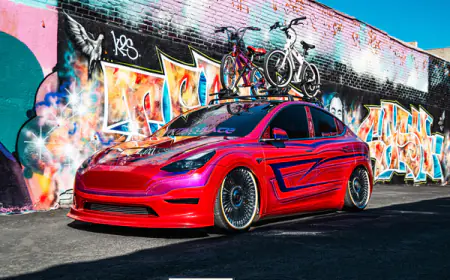



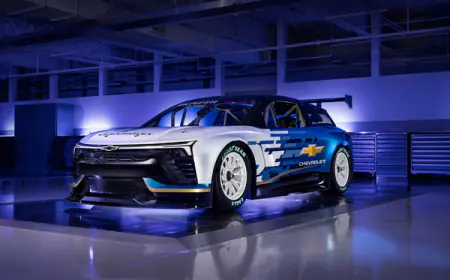


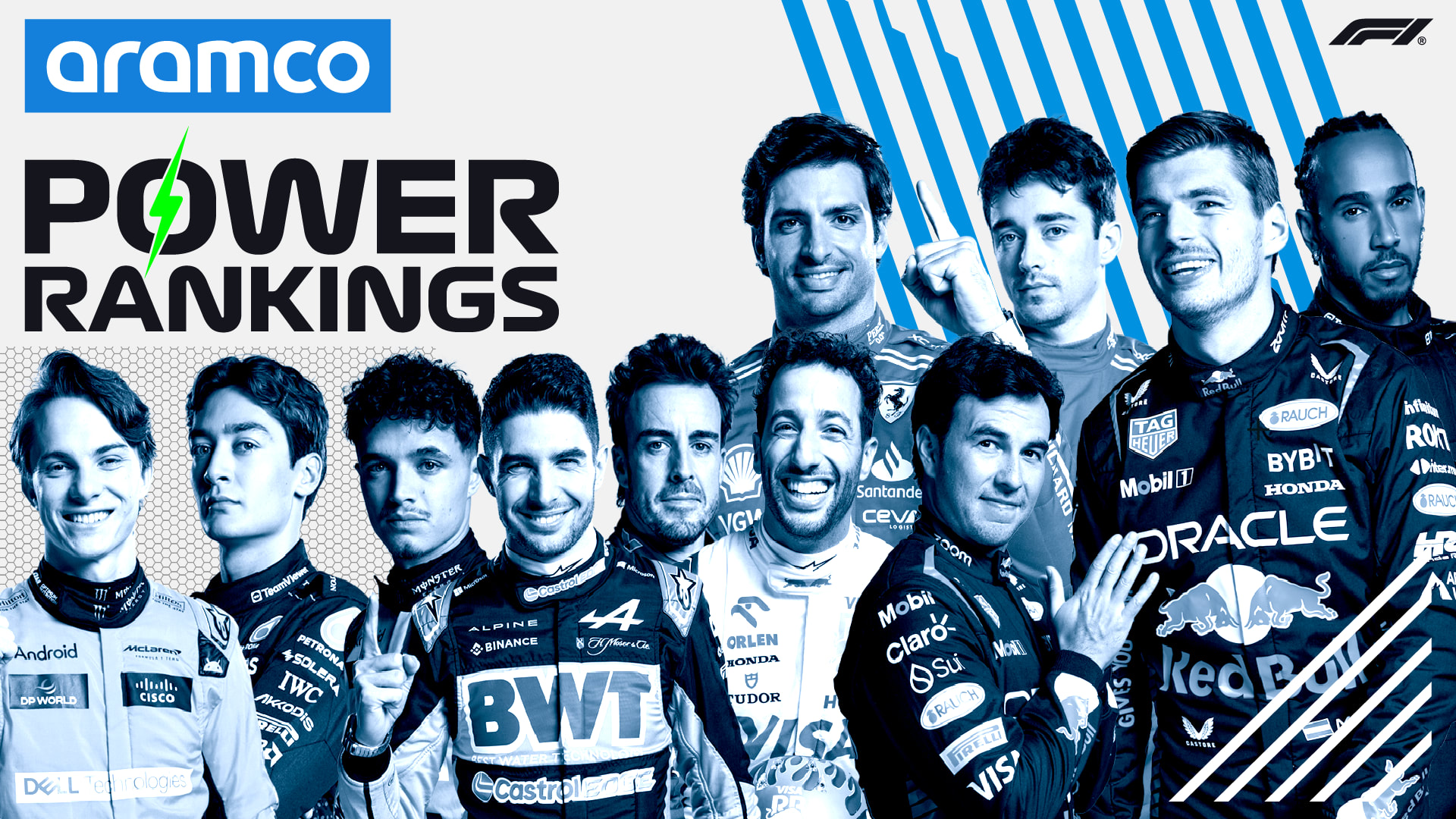
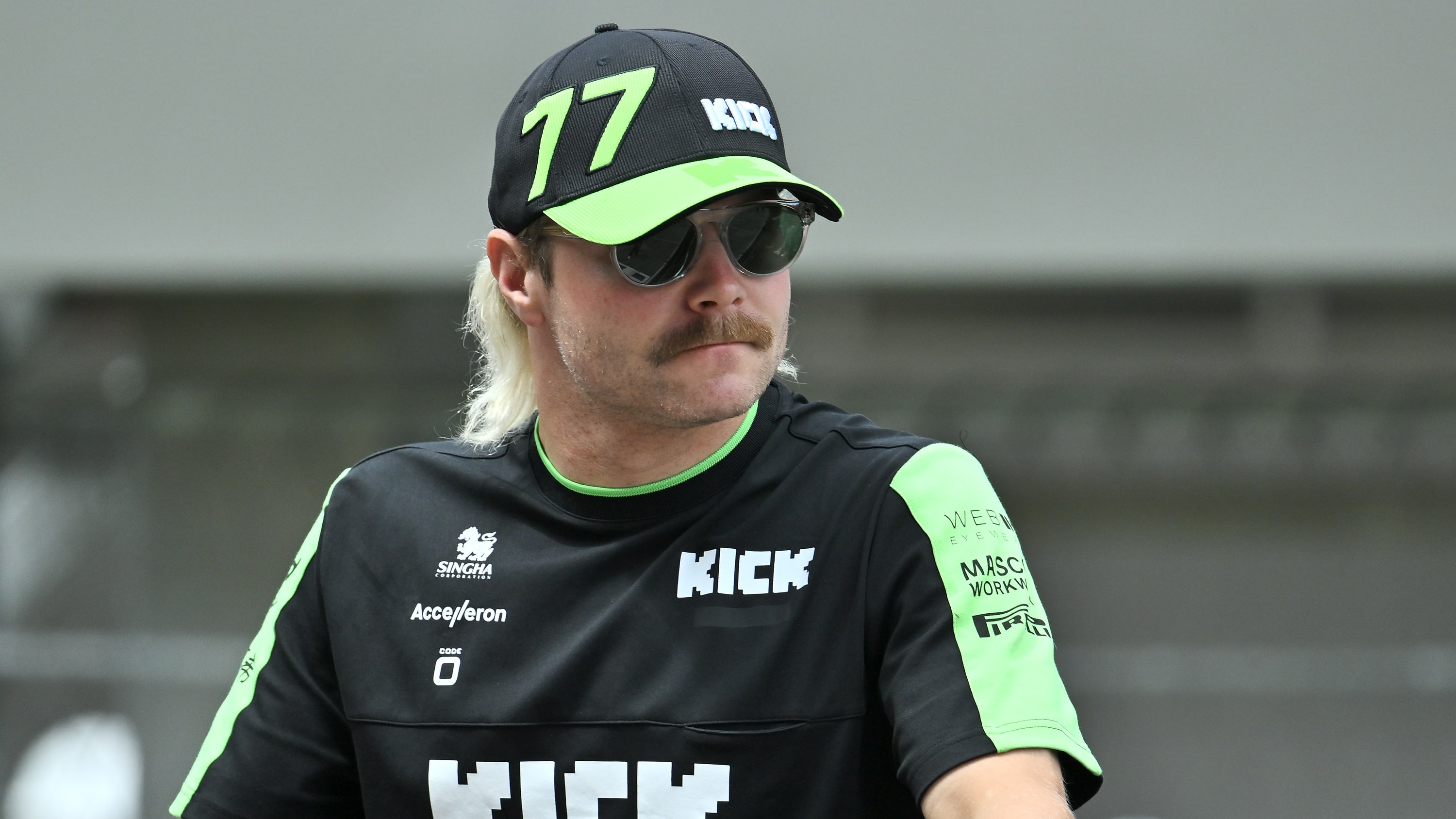
.png)
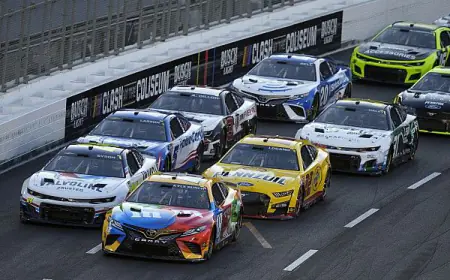



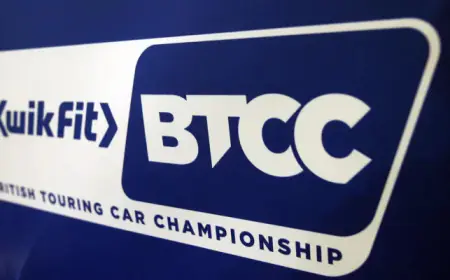
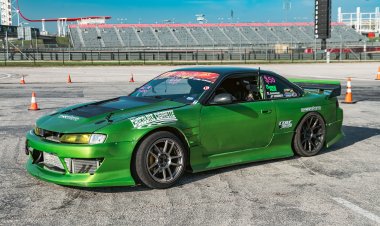

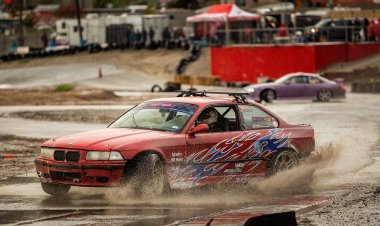

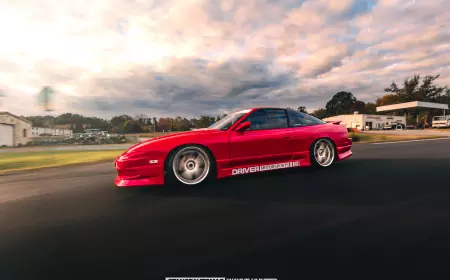


![[HOONIGAN] Ken Block's GYMKHANA NINE](https://img.youtube.com/vi/_bkX5VkZg8U/maxresdefault.jpg)









